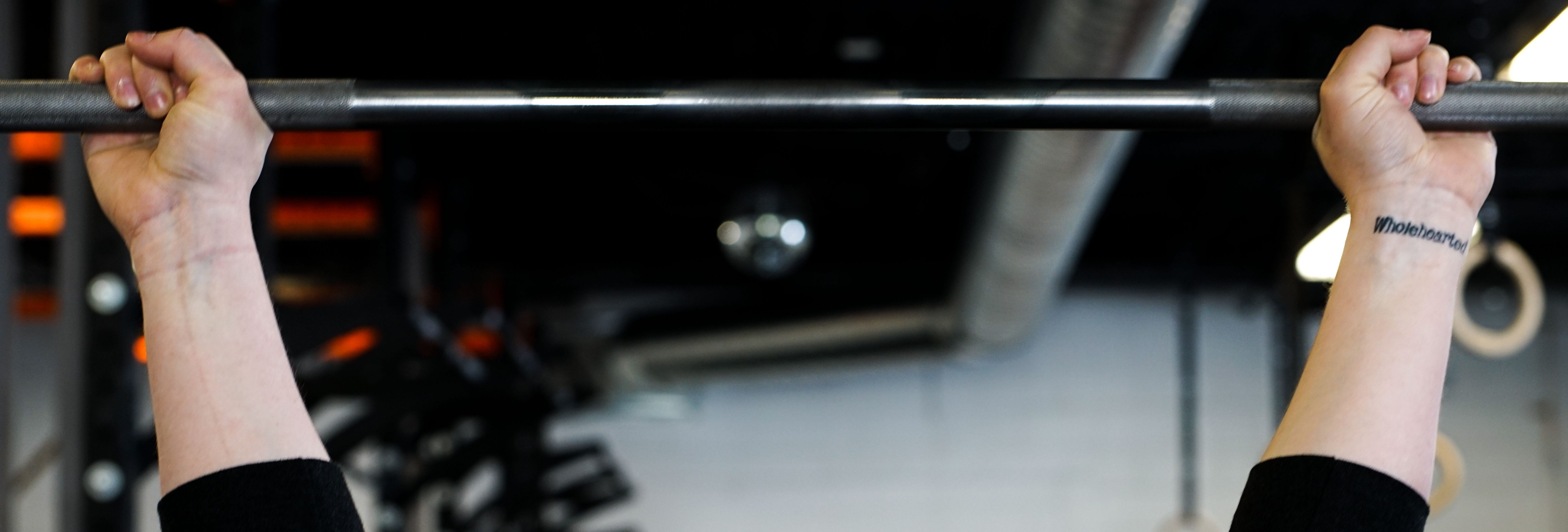“Rock bottom became the solid foundation on which I rebuilt my life.”
–JK Rowling
 The year I was 25 was quite literally the end of my life as I knew it. That sounds hyperbolic, but it’s not. Not long after my 25th birthday, my life began unraveling in ways I never could have imagined. It all started with some weird medical symptoms: exhaustion, light-headedness, headaches, nausea. A rapid deterioration culminating with a 6 day stint in the hospital. I couldn’t walk. I couldn’t even stand without falling. Deemed a fall risk, I spent day after day in bed, aside from the trips in my bed (not even a wheelchair) to run various tests. I had completely lost the ability to be upright without extreme sickness, and nobody knew why.
The year I was 25 was quite literally the end of my life as I knew it. That sounds hyperbolic, but it’s not. Not long after my 25th birthday, my life began unraveling in ways I never could have imagined. It all started with some weird medical symptoms: exhaustion, light-headedness, headaches, nausea. A rapid deterioration culminating with a 6 day stint in the hospital. I couldn’t walk. I couldn’t even stand without falling. Deemed a fall risk, I spent day after day in bed, aside from the trips in my bed (not even a wheelchair) to run various tests. I had completely lost the ability to be upright without extreme sickness, and nobody knew why.
A number of days and numerous tests later, I had a diagnosis and a tentative treatment plan, but still could barely walk. A little known neurological condition had decimated my body’s ability to regulate my heart rate and blood pressure (among other things), causing frequent fainting episodes and other nasty symptoms.¹ I was released under the orders that I was to stay supervised at all times, so I went to stay with my parents for the foreseeable future. I was the only 25 year old I knew with a walker and a shower chair, that’s for sure.
That was only the beginning of the end. Aside from pushing and training my body to learn how to tolerate standing again, I had a lot of other things going on. I was in my third year of law school, for one. I worked part-time as well. A few weeks after I got out of the hospital came the abrupt and traumatic separation of a nearly seven year abusive relationship/marriage.
I shuffled my classes to make sure I’d still graduate on time. I used my walker to get back and forth from the law school to my job so I wouldn’t get fired. I lived with my parents and then got an apartment with my sister when my (now ex-) husband checked out of our marriage and my life. The Monday after my law school graduation, I entered intensive treatment for an eating disorder. My old struggles that had started in my teen years were an unhealthy coping mechanism when I was clinging to my old life.²
Things started to change that summer. I finished treatment. My divorce was finalized. I took the Bar (and failed, but that’s unimportant), and got a job. I was even able to mostly get myself up the one flight of stairs into the apartment I shared with my sister. (She only really had to worry one time when she found me laid out on my bed, soaked in sweat and barely coherent. The A/C had gone out. I think it was more traumatic for her than for me! I was fine once she saved the day with a new A/C unit.)
And then I was 26. Twenty six was the year of the year of recharging. It was giving myself a bedtime of 8:30pm because an 8 hour work day was nearly too much. It was texting my sister about our Pad Thai and Diet Coke delivery from our respective bedrooms while binge watching Netflix from our beds. It was quiet. It was routine. It was rest.
 And then I was 27. Twenty seven was the year of exploration. Of rebirth. I started dancing. Dance was (is) scary, and it was (is) liberating. It started with a class not terribly physically demanding, one hour a week. I found a home at the studio and stuck it out. Tried some new styles of dance, began performing a little. It was exhausting, and I’d come off stage at the end of the routine to immediately lie down and check my blood pressure. But I was doing it. I was doing more and more of it. Soon I was advancing to longer classes, more classes a week. The heart problem still there, but becoming less noticeable.
And then I was 27. Twenty seven was the year of exploration. Of rebirth. I started dancing. Dance was (is) scary, and it was (is) liberating. It started with a class not terribly physically demanding, one hour a week. I found a home at the studio and stuck it out. Tried some new styles of dance, began performing a little. It was exhausting, and I’d come off stage at the end of the routine to immediately lie down and check my blood pressure. But I was doing it. I was doing more and more of it. Soon I was advancing to longer classes, more classes a week. The heart problem still there, but becoming less noticeable.
And then I was (am) 28. Twenty eight is the year of Solcana. The year of strength. The year of power. If 25 was the rock bottom, 26 and 27 were starting to rebuild. Twenty eight is deadlifting those concrete foundation blocks like a boss.
I joined Solcana in July (actually shortly before my 28th birthday). I had just gotten a new job that would now allow some room in my budget for a gym. But only the right gym. And I grilled Morgen pretty hard in that first one-on-one meeting. I needed the right fit. I needed somewhere I could push myself and my finicky heart/blood pressure in a space that was safe and supportive.
One of the most significant things we talked about from my perspective was my physical limitations and in what ways I was or wasn’t willing to challenge them. I wasn’t looking for a drill sergeant. Someone to guilt and shame me into pushing myself into a medical hole it’d take weeks or months to get out of. I’d tried a different CrossFit gym before my diagnosis, and that’s how it felt. But Morgen reassured me that the coaches and other athletes are here to build each other up, not drag them down. And boy was she right.
What I didn’t truly understand before joining Solcana was the caliber of the humans that call Solcana home. Like the time I cried (rather hysterically) during my first partner workout because I felt so terrible that I was letting my partner down. But Coach Danielle had my back. She sat with me through the tears, and then sent me a message later just to check on me. Or all the times that Coach Jeff has checked in during a metcon because he can tell just by looking at me that my blood pressure is probably wonky. “I can tell because your lips start looking pale,” he told me once. The fact that he paid enough attention to ever even notice meant so much to me.
And then in probably the ultimate demonstration of human awesomeness, the CrossFit Open came along. I signed up, not really knowing what I was getting into but looking forward to building some camaraderie with my fellow athletes. The weekend of 17.1, I had shows with my dance troupe. (Oh yeah! 28 has also been the year of so much dance!). Because of this, I did the workout at Open Gym on Sunday morning. I was super nervous. I never went to Open Gym because I always imagined a bunch of BAMFs throwing around huge weights and not talking to little old me. I should have known I didn’t need to worry about that at Solcana.
 Since joining Solcana, there have been a few movements I’ve always substituted to avoid aggravating my heart. One of them is everyone’s nemesis: Burpees. 17.1 was a brutal AMRAP of dumbbell snatches and burpee box jump overs (step ups for me) for a time cap of 20 minutes. And I did burpees. I did somewhere in the vicinity of 45 burpees actually. With Coach Jenn’s incredible support, I slogged through all 20 minutes, doing everything I could to just keep my body moving.
Since joining Solcana, there have been a few movements I’ve always substituted to avoid aggravating my heart. One of them is everyone’s nemesis: Burpees. 17.1 was a brutal AMRAP of dumbbell snatches and burpee box jump overs (step ups for me) for a time cap of 20 minutes. And I did burpees. I did somewhere in the vicinity of 45 burpees actually. With Coach Jenn’s incredible support, I slogged through all 20 minutes, doing everything I could to just keep my body moving.
When it was over, I laid on the floor with my legs up the wall (my usual workout recovery pose) and sobbed. It was uncontrollable. I think some of it was physiological; my HR was over 190 after all, and my BP was surely in the gutter. But a lot of it was the freaking burpees. I NEVER do burpees. I laid there and all these thoughts and feelings started rushing over me. Thoughts of hospitals and wheelchairs, fainting all the time, law school, divorce, starting over, all of it. All of it came together in the form of 45 burpees and a whole lot of tears.
And in the background I hear the beautiful sounds of Solcana. Coach Jenn checking on me and letting others know I’m ok. Ericka (probably the most beautiful human to ever grace Solcana with their light) laughing and encouraging everyone in their super hero socks. The chatter of the other athletes gearing up for their chance at 17.1. The clatter of barbells. And in that moment I knew I’d be ok, tears and all. Solcana had helped me find the strength to ground to overhead those foundation blocks and rebuild a pretty badass life.
#strongAF
- Postural Orthostatic Tachycardia Syndrome is rather unknown, but actually not that rare. See www.dysautonomiainternational.org for more information.
- There’s support out there for eating disorder recovery. Feel free to reach out to me if you need support or resources.

